Blog
Overcoming Common Weightlifting Injuries with SoftWave Tissue Regeneration Technology at Disc Centers of America – Cleveland
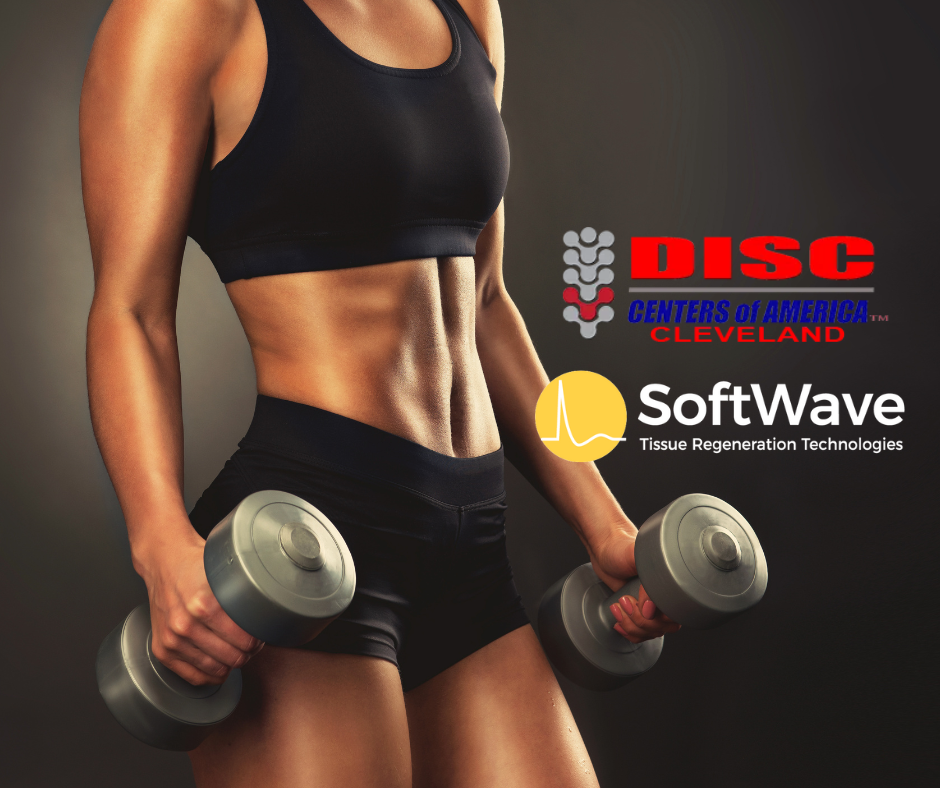
Weightlifting is a powerful way to build strength, improve fitness, and enhance overall health. However, the repetitive strain and heavy loads associated with weightlifting can also lead to a variety of injuries, affecting muscles, tendons, ligaments, and joints. Whether you’re a recreational lifter or a competitive athlete, weightlifting injuries can be frustrating and challenging to recover from.
At Disc Centers of America – Cleveland, Dr. Roger Huang offers a cutting-edge, non-invasive solution for pain relief, recovery optimization, and tissue repair using SoftWave Tissue Regeneration Technology (TRT). SoftWave Therapy promotes muscle, tendon, and ligament healing by reducing inflammation, improving mobility, and activating stem cells to regenerate damaged tissues naturally.
In this article, we’ll explore how SoftWave Therapy can help you overcome common weightlifting injuries, get back to lifting faster, and even optimize your performance.
Common Weightlifting Injuries
Weightlifting injuries are often caused by overuse, poor form, or lifting too much weight too quickly. Some of the most common injuries include:
1. Muscle Strains
Muscle strains occur when the muscle fibers are overstretched or torn due to sudden, forceful movements. Strains can happen in any muscle, but the most common sites for weightlifters include the lower back, hamstrings, quadriceps, and shoulders.
2. Tendonitis
Tendonitis is the inflammation of the tendons, which connect muscles to bones. This condition is common in weightlifters due to repetitive movements. Common types include:
- Bicep tendonitis: Inflammation in the tendon that connects the bicep to the shoulder.
- Patellar tendonitis: Inflammation in the tendon below the kneecap, often from squatting.
3. Ligament Sprains
A ligament sprain occurs when the ligaments (which connect bones to other bones) are stretched or torn. In weightlifting, the knees, ankles, and shoulders are particularly vulnerable to sprains due to the heavy loads placed on the joints.
4. Joint Injuries
Weightlifting can place excessive stress on the shoulders, elbows, wrists, knees, and lower back. Joint injuries such as labral tears in the shoulder or meniscus tears in the knee can significantly limit mobility and performance.
How SoftWave Therapy Helps Overcome Weightlifting Injuries
SoftWave Tissue Regeneration Technology (TRT) is a non-invasive therapy that uses supersonic acoustic waves to stimulate the body’s natural healing processes. These waves penetrate deep into the injured tissues, helping to reduce pain, promote healing, and accelerate recovery from weightlifting injuries.
1. Pain Relief
One of the immediate benefits of SoftWave Therapy is pain relief. The acoustic waves help modulate the body’s inflammatory response, reducing swelling and alleviating pain in injured muscles, tendons, ligaments, and joints.
- Rapid pain reduction: Many weightlifters experience noticeable relief after just a few sessions, allowing them to return to their training faster.
- Drug-free pain management: SoftWave Therapy is a natural alternative to pain medications, offering relief without the risk of side effects.
2. Activation and Migration of Stem Cells
SoftWave Therapy triggers the activation and migration of resident stem cells—the body’s natural repair cells. These stem cells help regenerate damaged tissues, promoting faster and more complete healing.
- Tissue regeneration: SoftWave Therapy accelerates the repair of muscle fibers, tendons, ligaments, and even cartilage in weightlifting-related injuries.
- Long-term healing: By promoting cellular regeneration, SoftWave Therapy helps ensure long-lasting recovery and protection against future injuries.
3. Optimizing Recovery
In addition to healing injuries, SoftWave Therapy helps optimize overall recovery time by improving circulation and nutrient delivery to damaged tissues.
- Improved blood flow: SoftWave Therapy promotes angiogenesis (the formation of new blood vessels), ensuring that oxygen and nutrients reach injured tissues for faster recovery.
- Faster muscle repair: Muscle strains heal more quickly with SoftWave Therapy, allowing you to get back to lifting without prolonged downtime.
4. Improved Mobility
Weightlifting injuries often limit mobility, especially in the shoulders, knees, and lower back. SoftWave Therapy helps restore range of motion by reducing stiffness and inflammation in the joints and surrounding tissues.
- Increased flexibility: As SoftWave reduces swelling and pain, weightlifters experience improved flexibility and mobility in injured areas.
- Restoring joint function: Joint injuries such as ligament sprains or meniscus tears benefit from SoftWave’s ability to stimulate tissue regeneration, improving the joint’s overall function and mobility.
SoftWave Therapy for Muscle, Tendon, and Ligament Repair
SoftWave Therapy is an effective treatment for a wide range of weightlifting injuries. Here’s how it works for specific injuries:
Healing Muscle Strains
For muscle strains, SoftWave Therapy reduces inflammation, stimulates stem cells, and accelerates the repair of damaged muscle fibers. This allows the muscle to heal more quickly and reduces the risk of reinjury.
Treating Tendonitis
SoftWave Therapy helps resolve tendonitis by reducing inflammation in the tendons and promoting tendon regeneration. This is especially helpful for weightlifters dealing with chronic conditions like bicep tendonitis or patellar tendonitis.
Repairing Ligament Sprains
For ligament sprains, SoftWave Therapy promotes ligament healing and strengthens the surrounding tissues, reducing pain and improving joint stability.
Restoring Joint Health
In weightlifters with joint injuries like labral tears or meniscus tears, SoftWave Therapy can help repair damaged cartilage and connective tissue, providing long-term relief and improved joint mobility.
Why Choose SoftWave Therapy for Weightlifting Injuries?
Many athletes and weightlifters prefer SoftWave Therapy for its ability to provide long-lasting pain relief, optimize recovery, and promote tissue regeneration—all without surgery or invasive procedures. By addressing the root causes of injuries and stimulating the body’s natural healing response, SoftWave offers a safe and effective solution for overcoming weightlifting injuries.
Benefits of SoftWave Therapy for Weightlifters
- Non-invasive and drug-free: No surgery, no injections, and no medication required.
- Faster recovery: Accelerates the body’s healing processes, allowing you to return to your workouts sooner.
- Improved mobility and performance: Restores range of motion and function, helping you lift more effectively.
- Long-term results: Stimulates stem cells and tissue regeneration for lasting healing and injury prevention.
Ready to Overcome Weightlifting Injuries Naturally?
If you’re dealing with a weightlifting injury and want to explore non-surgical options for pain relief, tissue repair, and recovery optimization, SoftWave Therapy may be the right choice for you. At Disc Centers of America – Cleveland, Dr. Roger Huang and his team specialize in helping athletes recover from injuries and improve performance using the latest advancements in regenerative medicine.
Schedule Your SoftWave Therapy Consultation Today!
Visit Disc Centers of America – Cleveland for more information or request an appointment here to start your recovery journey.
- Cleveland Office: 2794 Som Center Road, Willoughby Hills, OH 44094 | Phone: 440-714-7723
- Ashtabula Office: 2709 Lake Ave, Ashtabula, OH 44004 | Phone: 440-998-2200
Don’t let weightlifting injuries hold you back—experience the healing power of SoftWave Therapy today and get back to achieving your fitness goals!
‹ Back
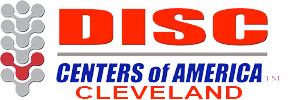


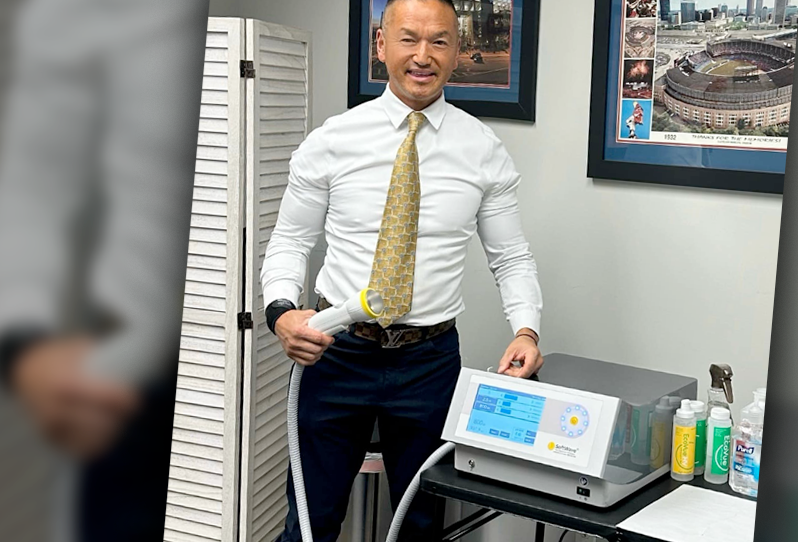
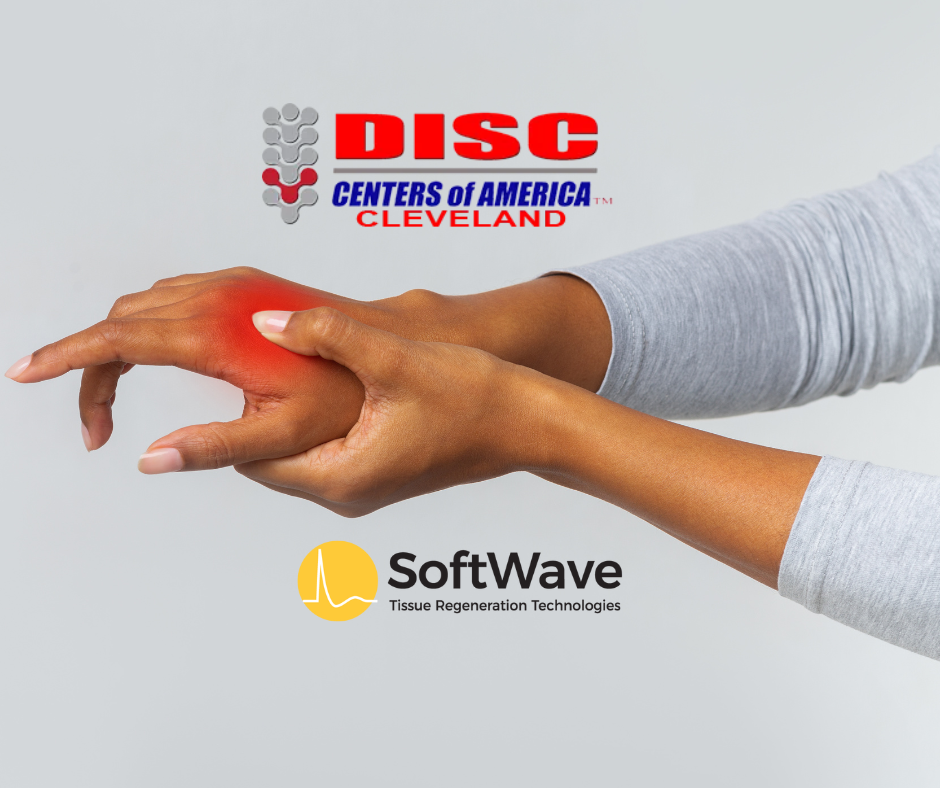
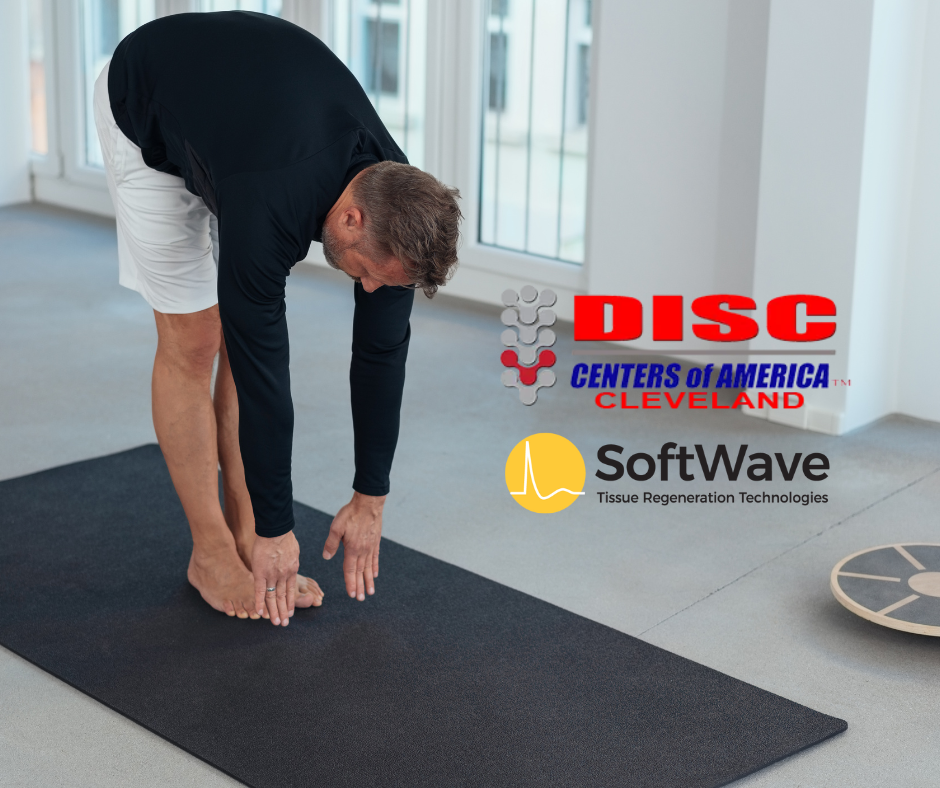
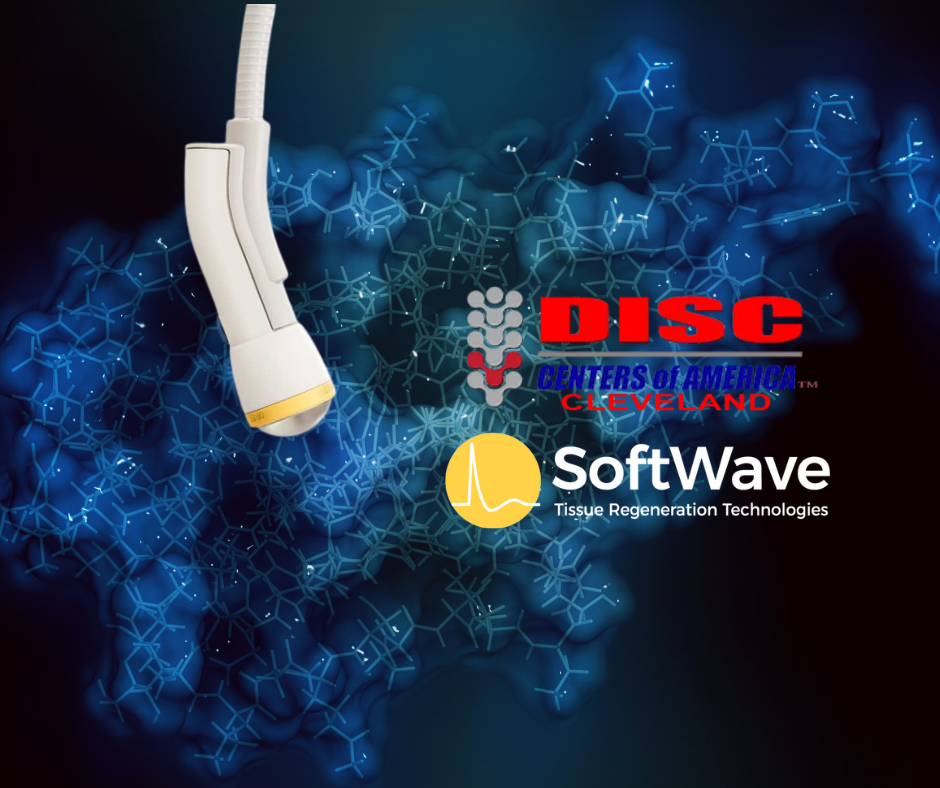
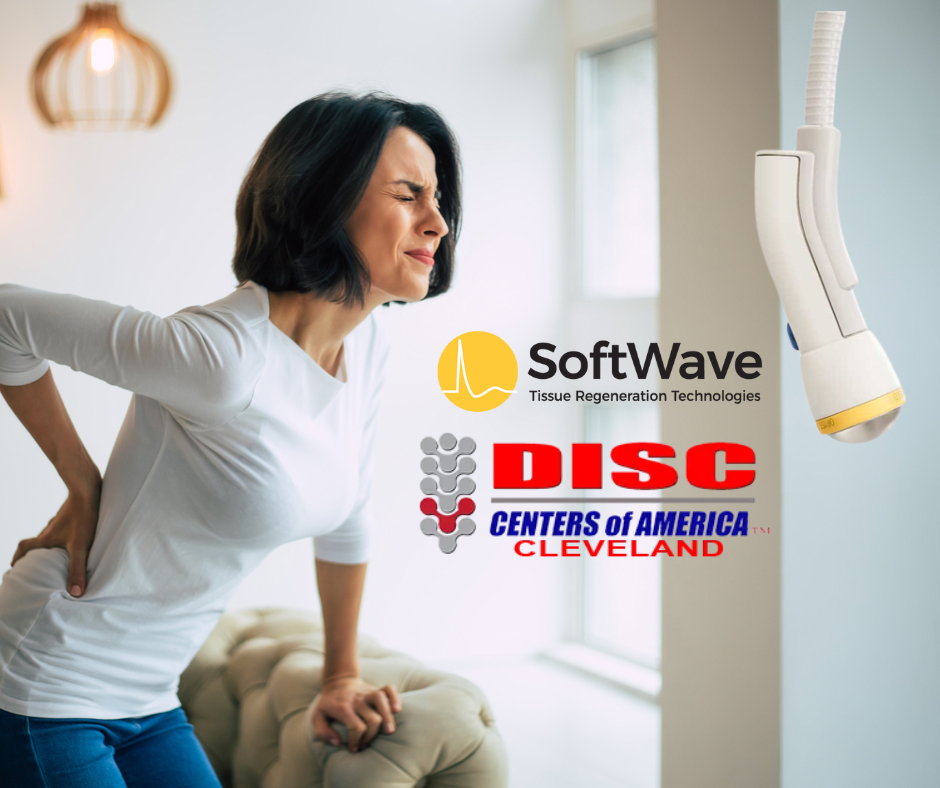

 2794 Som Center Road
2794 Som Center Road
